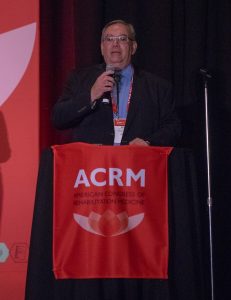 We are excited to be able to announce the launch of a new online series
We are excited to be able to announce the launch of a new online series
“Vestibular Rehabilitation for the School-Aged Child and Adolescent,”
taught by Inger Brueckner, MS, PT, an expert in pediatric vestibular dysfunction.
New to treating vestibular patients? Get started here!
Previously worked with adults? Adapt your skills to treat pediatric patients!
The online course, which benefits practitioners in schools, hospitals, OPD, and clinic settings, combines lectures, lab demonstrations, and presentations to teach evidence-based techniques and identify and treat common vestibular conditions in children and young adults.
- Learn new, cost-effective screening/assessment and treatment techniques to improve functional outcomes
- Update classrooms to improve functional outcomes
- Improve communication with school nurses, parents, and teachers
- Identify children whose school functions are negatively affected by visual/migraine and HA/vestibular issues
- Develop home exercise programs for children with vestibular issues
Registration is open at www.educationresourcesinc.com, or by calling ERI at 800-487-6530.
Through the course, Ms. Brueckner teaches practitioners how to describe the vestibular system and common pediatric dysfunctions to patients and caregivers. The course highlights the role of therapy in managing and treating vestibular disorders including mTBI, Trauma, BPPV, autonomic and oculomotor dysfunction, visual motion sensitivity, vestibular neuritis, and dizziness imbalance and migrainous disorders. Clinicians will learn to design, implement, and modify treatments to ensure optimal patient success.
“Having researched and practiced in the field of vestibular dysfunction and rehabilitation for more than 25 years, I understand the challenges in diagnosing and treating and children and adolescents,” said Inger Brueckner, MS, PT, and ERI faculty member. “I am excited to offer my course in an online setting to help clinicians address the needs of this unique population.”
The course’s online format offers clinicians a flexible format to extend learning and expertise.
Participants can register for the entire online course series (a saving of over $200) or four individual segments:
Understanding the Unique Aspects of the
Vestibular system in Children and Adolescents
Pathophysiology of Vestibular Symptoms in Children
Pediatric Vestibular Screening and Assessment: Evaluation and Testing
Practical Treatment Techniques to Improve Function and Participation
for the Child with Vestibular Symptoms (includes lab)
VISIT OUR WEBSITE HERE FOR FULL COURSE INFORMATION,
CEU DETAILS OR TO REGISTER
]]>





